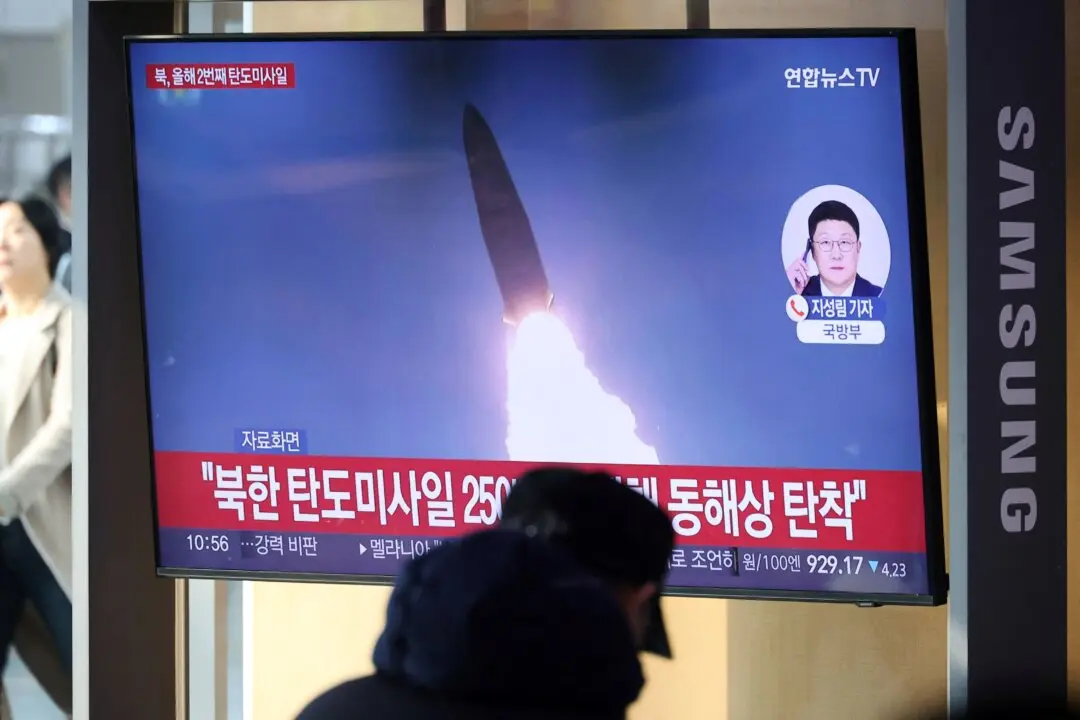U.S. astronauts Bob Behnken and Doug Hurley, who flew to the International Space Station in SpaceX’s new Crew Dragon, splashed down in the capsule in the Gulf of Mexico on Sunday after a two-month voyage that was NASA’s first crewed mission from home soil in nine years.
Behnken and Hurley undocked from the station on Saturday and returned home to land in calm waters off Florida’s Pensacola coast on schedule at 2:48 p.m. ET following a 21-hour overnight journey aboard Crew Dragon “Endeavor.”
The successful splashdown, the first of its kind by NASA in 45 years, was a final key test of whether Elon Musk’s spacecraft can transport astronauts to and from orbit—a feat no private company has accomplished before.
Spectators in private boats surrounded the splashdown site dozens of miles from shore as SpaceX and NASA recovery teams used a crane to hoist the spacecraft out of the water and onto a boat.

“Thanks for doing the most difficult parts and the most important parts of human spaceflight—getting us into orbit and bringing us home,” Behnken told SpaceX mission control in Hawthorne, California, as the hatch door was opened.
“I’m just proud to be a small part of this whole effort to get a company and people to and from the space station,” Hurley said, giving a thumbs up as he was wheeled out of the spacecraft on a stretcher—a normal procedure as astronauts readjust to Earth’s environment.

For the return sequence, on-board thrusters and two sets of parachutes worked autonomously to slow the acorn-shaped capsule, bringing Behnken and Hurley’s speed of 17,500 miles per hour in orbit down to 350 mph upon atmospheric reentry, and eventually 15 mph at splashdown.
During reentry to Earth’s atmosphere, the capsule’s outer shell withstood temperatures as high as 3,500 Fahrenheit while Behnken and Hurley, wearing SpaceX’s white flight suits strapped inside the cabin, experienced 85 Fahrenheit.
The pair were due to undergo medical checks onshore in Pensacola ahead of a flight to NASA’s Johnson Space Center in Houston, Texas.
Billionaire entrepreneur Musk’s SpaceX became the first private company to send humans to orbit with the launch of Behnken and Hurley, who spent more than two months on the space station.
The landmark mission, launched from NASA’s Kennedy Space Center on May 31, marked the first time the U.S. space agency launched humans from American soil since its shuttle program retired in 2011. Since then the United States has relied on Russia’s space program to launch its astronauts to the space station.

Behnken and Hurley undocked from the space station late on Saturday and began gradually decreasing their orbital altitude overnight, awaking Sunday morning to recorded wake-up calls from their sons.
“Good morning Dragon Endeavor,” Hurley’s son said in a recorded message sent to the capsule. “I’m happy you went into space but I’m even happier that you’re coming back home.”
NASA officials have said Crew Dragon, a pod with seven astronaut seats, was in a “very healthy” condition while docked at the space station, where astronauts conducted tests and monitored how the spacecraft performs in space.
NASA, aiming to galvanize a commercial space marketplace, awarded nearly $8 billion to SpaceX and Boeing Co collectively in 2014 to develop dueling space capsules, experimenting with a contract model that allows the space agency to buy astronaut seats from the two companies.
“Great to have NASA Astronauts return to Earth after very successful two month mission,” President Donald Trump wrote on Twitter. “Thank you to all!”





